SSDs are becoming cheaper and cheaper every day. So it is getting confusing when you are going to buy an SSD for your computer and found the same capacity drives with a huge price difference. This is happening due to two different individual flash memories being used in SSDs. In consumer-grade, TLC and QLC are the most popular NAND Flash memories. So before paying extra you have to understand the differences between them and whether will they really evaluate their cost in your needs. So without further ado let me explain a bit of NAND FLASH memories and what TLC and QLC actually mean to you.
Also Read: NVME SSD vs SATA SSD Vs PCIE SSD: Which SSD Type You Should Choose?
What are NAND FLASH Memories?
NAND is actually made out of two logic gates ‘NOT & AND’. It is a non-volatile storage technology means it retains charge in the memory cells when power is not present. Perfect for SSDs and other storage devices.
If you look inside the SSD there are two major components – Controller & NAND FLASH chips. The controller serves as the processor of the SSD. It manages the data of the NAND Flash, controls all the read writes and ensures that the data spread evenly through each and every individual cell of the NAND Flash.

In the NAND FLASH where all the data is stored physically. In a NAND Flash chip, there are millions of memory cells that actually hold the data form of electrical charge. At the beginning of the SSD, one memory cell stores 1bit of data but as time passes it is developed to be much more capable of holding much more data which gradually affects the cost of the SSD. If an individual cell has higher storage density can store more data than a cell which can only store 1bit of information.
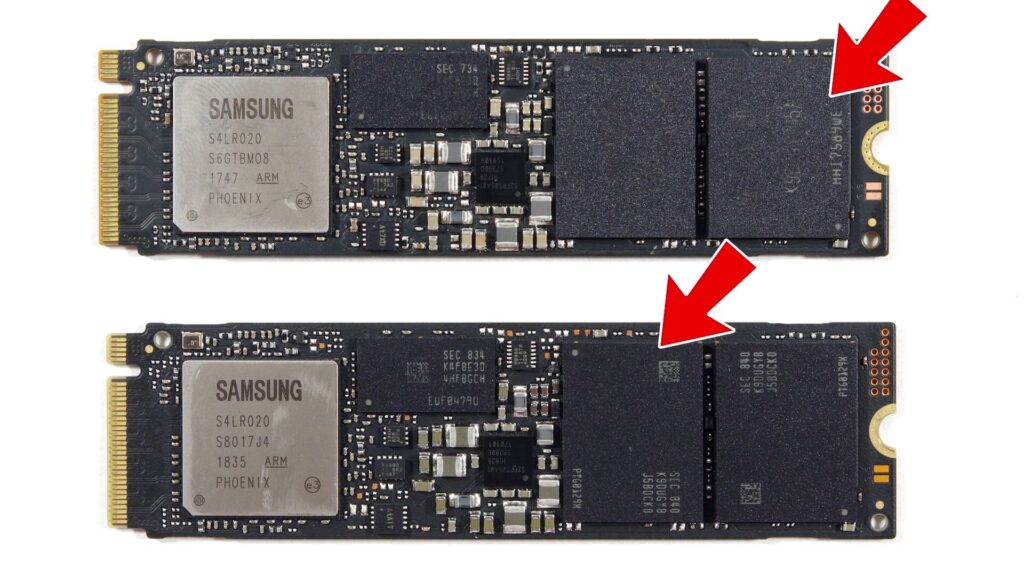
What is SLC, MLC, TLC & QLC?
SLC – Single-Level Cell
Now let me introduce you to the different types of NAND flash memories. Depending on how much data a memory cell can store the NAND flash chips are categorized. With SLC – Single Level Cell can only store 1 bit of information at a time which means 2 possible binary values can be stored per cell. Millions of combined memory cells or memory blocks make the whole NAND chip. A NAND chip based on an SLC memory cell has a much lower storage capacity. So, it is quite hard to develop high capacity SSD with SLC and definitely that would be very expensive. That’s why SLC is only used in industrial grades and servers.
Now you may ask why do even servers use these kind of SSDs? The only reason is reliability. The memory cells of any SSD have a limited number of write cycles. If a memory cell has lower storage density then it passes fewer write cycles which gradually increases its life span. That introduces a new terminology ‘P/E Cycles’ or Program/Erase Cycles. We will come into that later.
MLC – Multi-Level Cell
MLC stands for multilevel cell. In where a cell instead of one bit can store 2 bits of data that means 4 possible binary values. This is effective to create high-capacity NANDs in a similar form factors. That definitely will reduce the cost of the SSD. One of the biggest disadvantages of having a memory cell with a higher density is the life span. Compare to SLC, MLC NAND chips become less reliable and offer way less life cycle than the SLC.
TLC – Triple-Level Cell
TLC NAND flash memory stores 3 bits of data per cell. That means 9 possible binary values. Higher density memory cell reduces the cost of production of the SSD meanwhile, lower cost per bit or per gigabyte. Ultimately, it will have fewer write cycles than both MLC and SLC and of course, the read/write performance will be much lower than MLC and SLC. TLC is definitely cost efficient that’s why it’s common in consumer-grade. But still not as cheap as QLC.
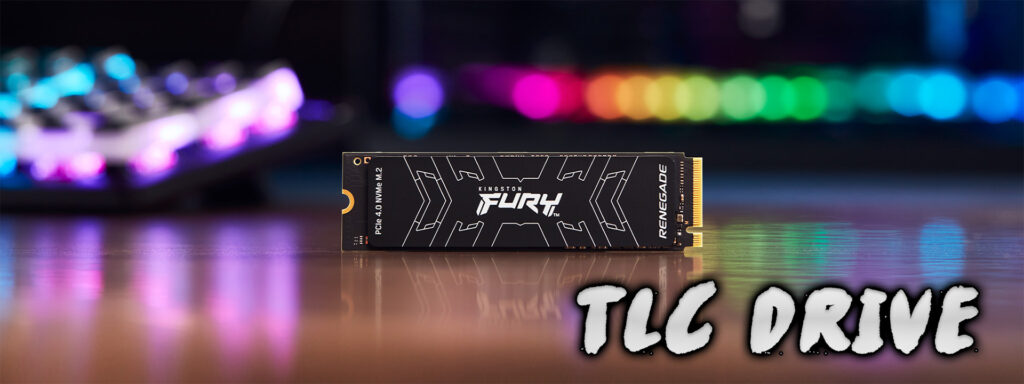
QLC – Quad-Level Cell
QLC is the cheapest among all of them. A single memory cell can store 4 bits of information means 16 possible binary values. But this is also the least reliable NAND technology. As I have mentioned earlier how much data a memory cell can store become much less reliable and Its life cycle will be shorter. Additionally, there will be a performance reduction. But the advantage is the cost. QLC NAND is cheap, it is possible to create high-capacity SSDs with this NAND technology and everyone can afford it. Believe it or not, P/E cycles is the lowest with the QLC NAND technology.
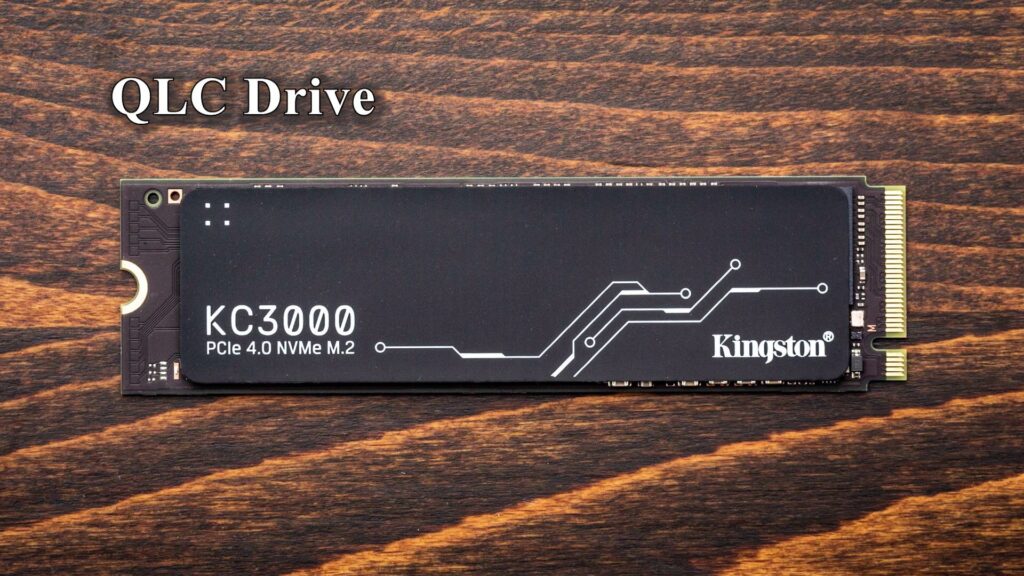
What is P/E Cycles? P/E Cycles for SLC, MLC, TLC & QLC
In simple terms, P/E cycles define the number of writes we can perform per memory cell. Depending upon the memory cell technology the value of the P/E Cycles varies. The higher the value is, the more durable the cell is. For instance, SLC memory blocks have P/E cycles of 100000. With MLC it drops down to 3000 TLC 1500 to 2000 with QLC the value os drastically reduced left only 300 to 1000. This showcases how durable SLC is. However, all of these values are applicable to 3D NAND Technology.
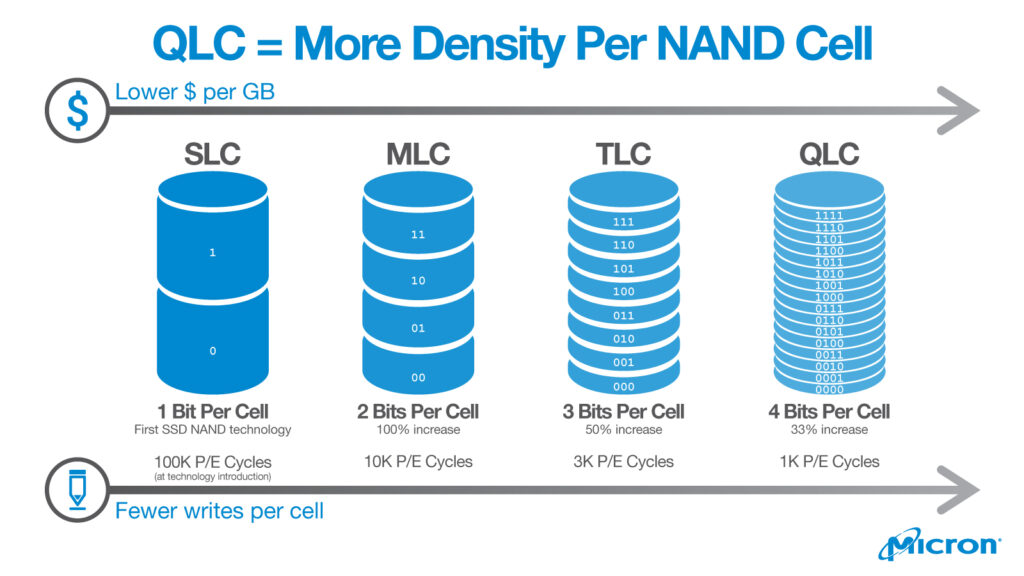
What is 3D Nand?
This terminology basically describes How the memory cells are stacked inside the NAND flash memory. With 2D NAND, memory cells are stacked horizontally side by side. This forms problem. There is a limitation to how many memory cells can be put inside a NAND flash memory. So, it’s getting difficult to increase the capacity of individual NAND chips, and increasing the physical size of the NAND is not an option. That basically changes the whole standards and ofcourse it is not possible to reduce the size of the memory cell inside the NAND chip because in that case, cells will not behave reliably.
Don’t Miss: How to Install SSD in Unsupported CPU aka PC Case?

That’s why engineers have developed a technique in which NAND chips are not only stacked side by side horizontally but vertically also. This makes them much more reliable, and efficient. Also, in the same space the capacity of individual NAND Chips increases.
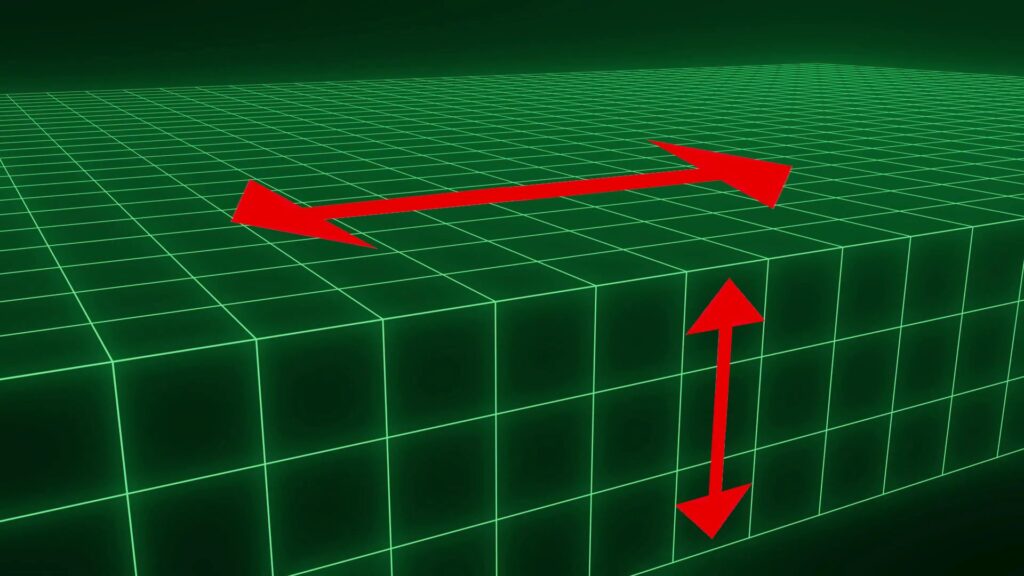
TBW, MTBF, and Warranty
TBW stands for ‘Total byte Written’ and MTBF showcases ‘Mean Time Between Failure’. Manufacturers mention TBW to evaluate how much data an SSD can safely write in its full lifespan. It doesn’t mean that after that value the SSD will die immediately maybe with time, some memory blocks may destroy over time which causes data loss. As an example, Kingston KC 3000: which has a TBW of 400 with 250GB storage capacity. Obviously as capacity increases TBW increases because with more storage the number of individual memory blocks will increase.

However with TBW, manufacturers also mention the warranty. If the TBW exceeds because of your usage under warranty manufacturer will not repair the drive for you free of cost. Obviously, if warranty exceeds manufacturers don’t give you any service so keep that in mind.
MTBF showcases how many hours an SSD could potentially work. Doesn’t matter whether you write on that SSD or read from that SSD. After that certain period, the SSD may fail at any time. Generally, MTBF is written on hours.
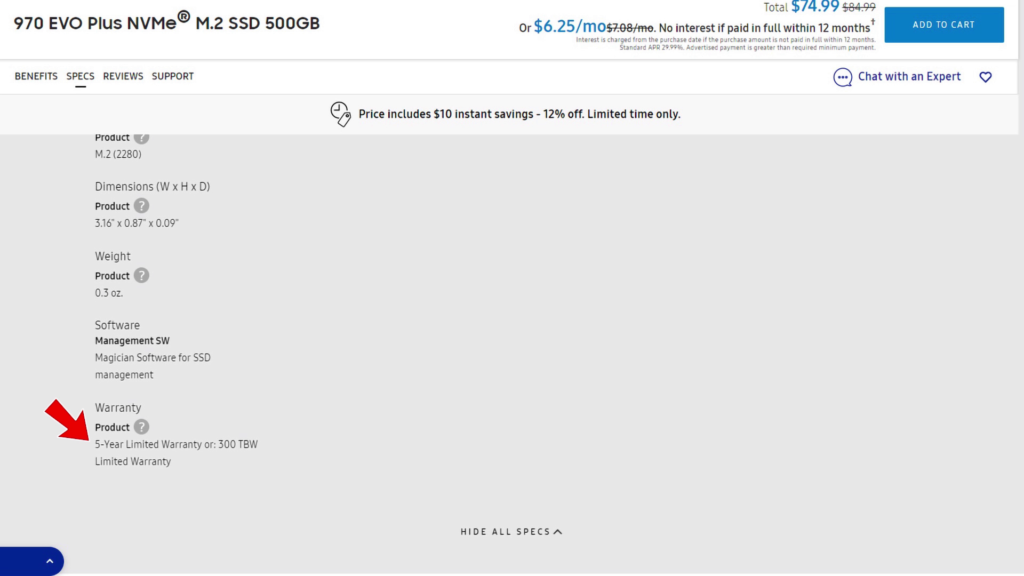
Just like TBW if MTBF exceeds before warranty and the drive damaged the manufacturer will no longer look at your drive free of cost.
TLC Vs QLC: What is Best For You
The two key differences you could find between TLC and QLC. TLC-based SSDs are more expensive than QLC-based ones. So you have to pay more per gigabyte. But the upside is, if you look at the TBW values on both TLC and QLC drives you will find on TLC will write way more data than QLC counterparts, especially in high-capacity drives.

Let’s take the example of a 1TB drive of Kingston. Kingston Fury Renegade which has TLC NAND has a TBW (Total Byte Written) of 1.0 PBW; means 1Petabyte Written. Whereas Kingston KC3000 has QLC NAND, with the 1TB option the TBW (Total Byte Written) is only 800 TBW means 800 Terabytes Written. So, you understand the durability and longevity of TLC but if we compare the prices then Kingston Fury Renegade is almost 5000 Indian Rs more expensive than KC 3000. Which is a lot of money.
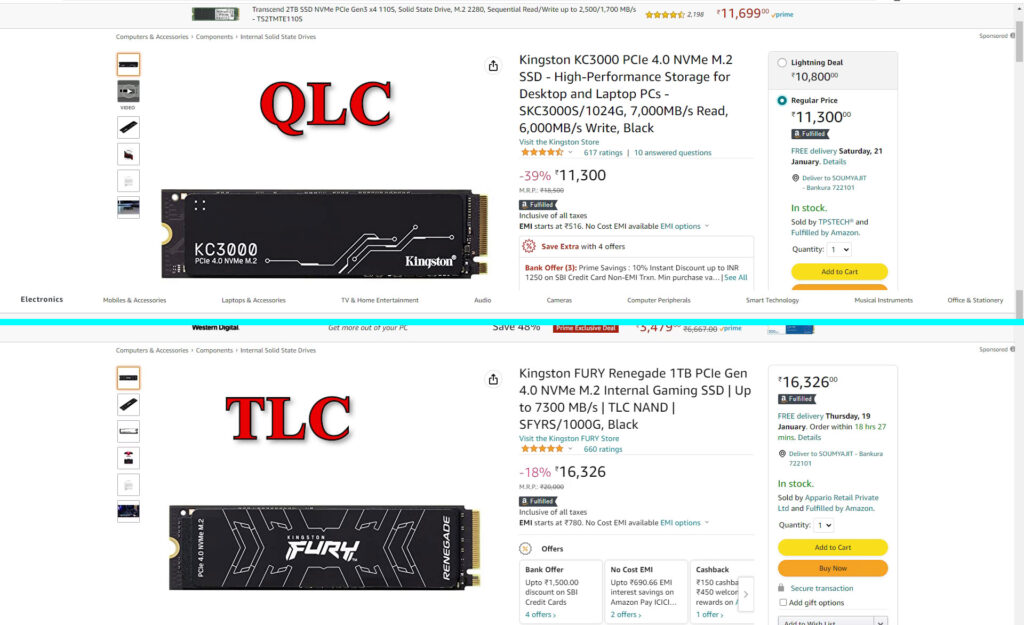
So, if you’re confused between TLC or QLC NAND then I would say, if you just want higher storage density at lower cost, don’t write on the SSD much often, and don’t care much about your data then QLC is the best option for you.
If you are doing a lot of writes on the SSD, your data is important, can pay the extra cost of the TLC then go for it. I would say TLC is always the first choice of content creators and designers.
In the Concluding Lines…
So, in the end I would say, it’s completely dependable according to the need of the users. But hopefully, you have understood what is NAND Flash. Their respective terminologies like P/E CYCLES, TBW and MTBF, etc. Additionally what do TLC and QLC exactly mean to you? So, that being said hope you guys have enjoyed this article and learned something new. If so then please appreciate it in the comments. Thanks for visiting.
